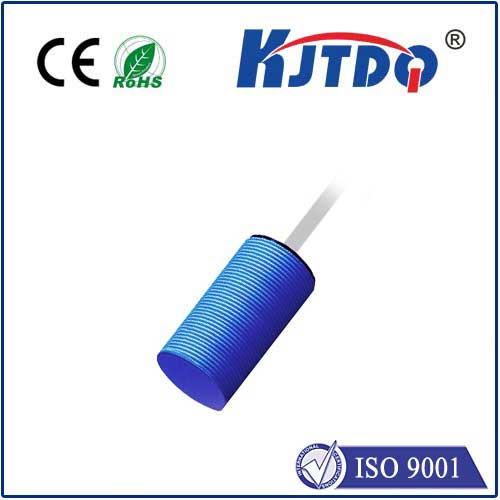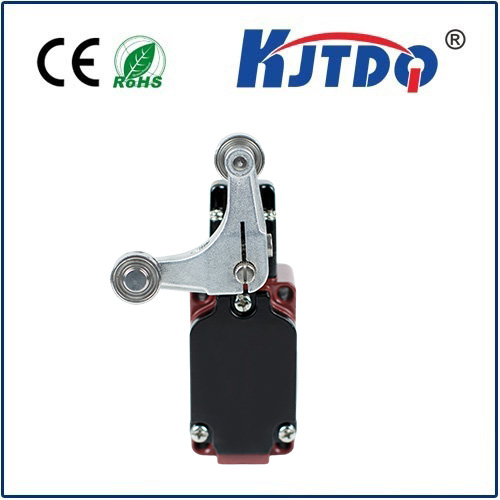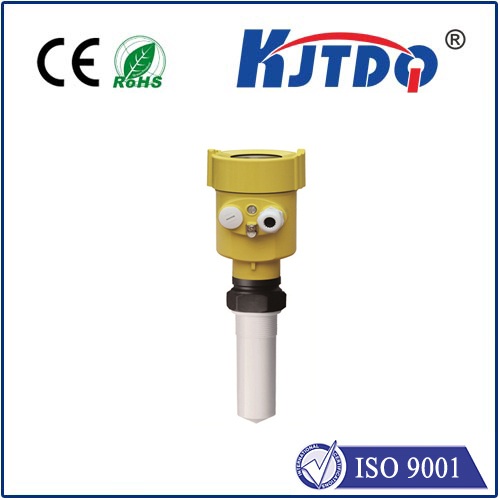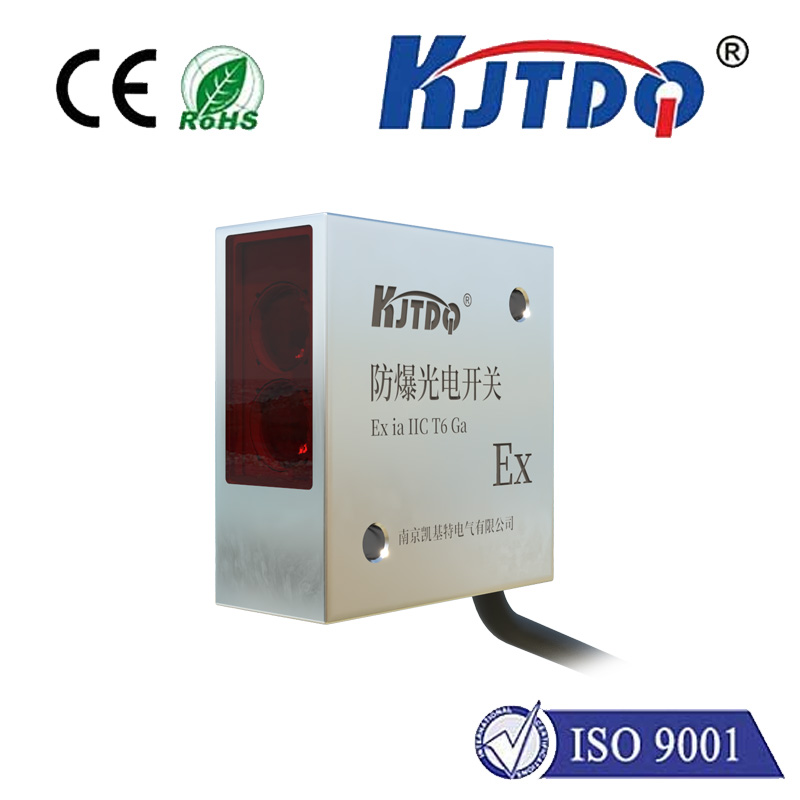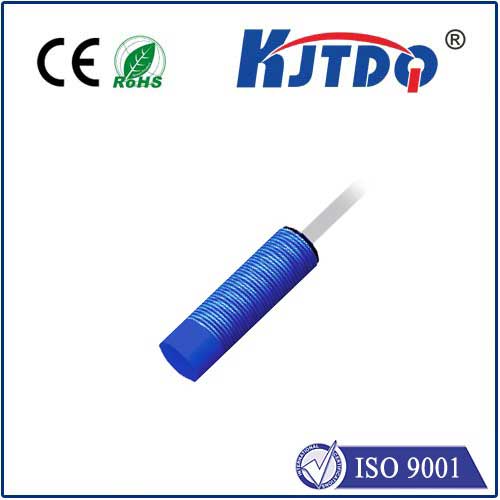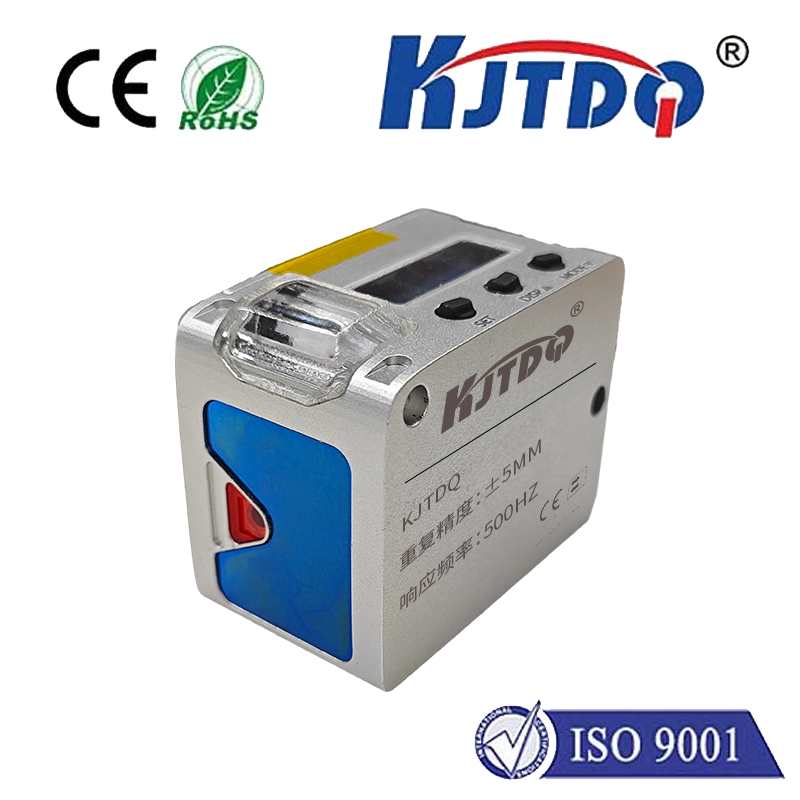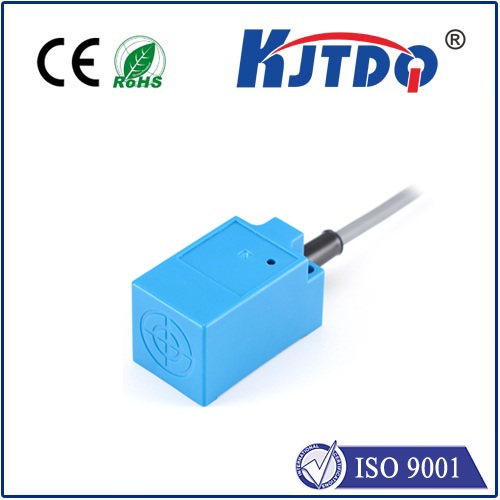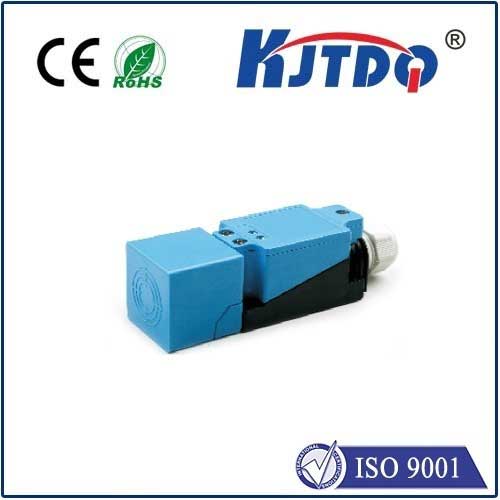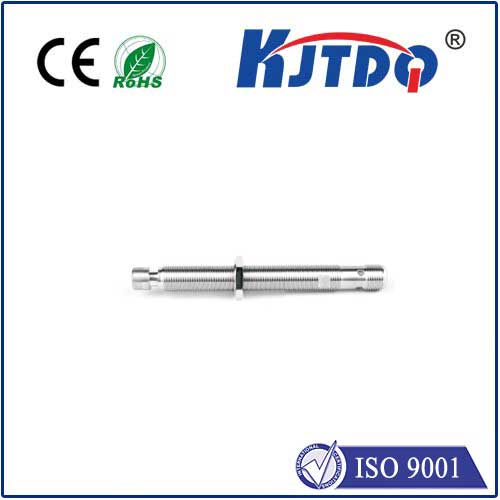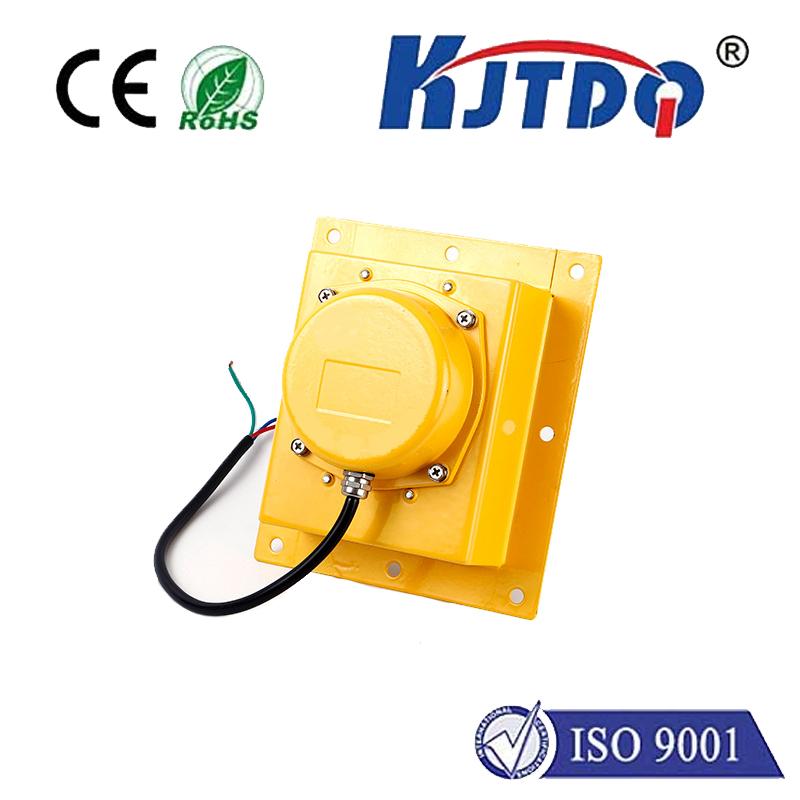micro photoelectric sensor
- time:2024-10-17 02:34:59
- Click:0

Title: Unveiling the Marvels of Micro Photoelectric Sensors
Introduction
In a world that’s growing increasingly interconnected, the role of sensors in our daily lives cannot be overstated. These tiny devices are the unsung heroes behind many of the conveniences we take for granted. Among the myriad types of sensors available, micro photoelectric sensors stand out due to their precision, versatility, and critical applications across various industries. This article delves into the fascinating realm of micro photoelectric sensors, elucidating their mechanisms, advantages, and the vast scope of their applications.
Understanding Micro Photoelectric Sensors
At their core, micro photoelectric sensors are designed to detect the presence or absence of an object by measuring changes in light. They consist of two main components: a light source, typically a Light Emitting Diode (LED), and a photodetector. When an object passes between the LED and the photodetector, it interrupts the light beam, causing a change in the electrical signal that can be processed for various purposes. The micro-scale dimensions of these sensors allow them to fit into spaces where larger sensors would be impractical, making them ideal for compact and precise measurement applications.
Advantages of Micro Photoelectric Sensors
Micro photoelectric sensors offer an array of benefits that make them superior in many scenarios:
- High Precision & Sensitivity: With the ability to detect minute changes in light, these sensors provide extremely accurate data, crucial for high-precision tasks such as dimension measurement or color detection.
- Compact Size: Their diminutive size enables easy integration into confined spaces without disturbing the aesthetics or functionality of the host device.
- Rapid Response Time: The fast response time of micro photoelectric sensors makes them suitable for dynamic applications where quick detection is necessary.
- Versatility: Capable of working with various types of objects—transparent, translucent, or opaque—these sensors find use across different environments and conditions.
Applications Across Industries
The applications of micro photoelectric sensors span a multitude of industries, showcasing their versatility and indispensability:
- Automotive Industry: In vehicles, these sensors are employed for functions like automatic braking systems, parking assistance, and engine management, enhancing safety and efficiency.
- Consumer Electronics: From smartphone displays to TV remotes, micro photoelectric sensors enable touch-free control and other intuitive interactions, improving user experience.
- Medical Devices: In healthcare, they are integral to diagnostic equipment, monitoring patient vitals, and ensuring accurate dispensing of medication.
- Industrial Automation: On factory floors, these sensors automate processes, from counting products on a conveyor belt to aligning components during assembly, driving productivity and precision.
- Environmental Monitoring: For air quality assessments or water contamination detection, micro photoelectric sensors provide real-time data crucial for environmental protection efforts.
Conclusion
micro photoelectric sensors represent a pinnacle of technological advancement, marrying miniaturization with high performance. Their capability to sense with extraordinary precision has opened up new possibilities and improved existing technologies across diverse sectors. As innovation continues, we can only anticipate more sophisticated uses for these微小 yet mighty sensors, further embedding themselves into the fabric of our digital and automated future.





